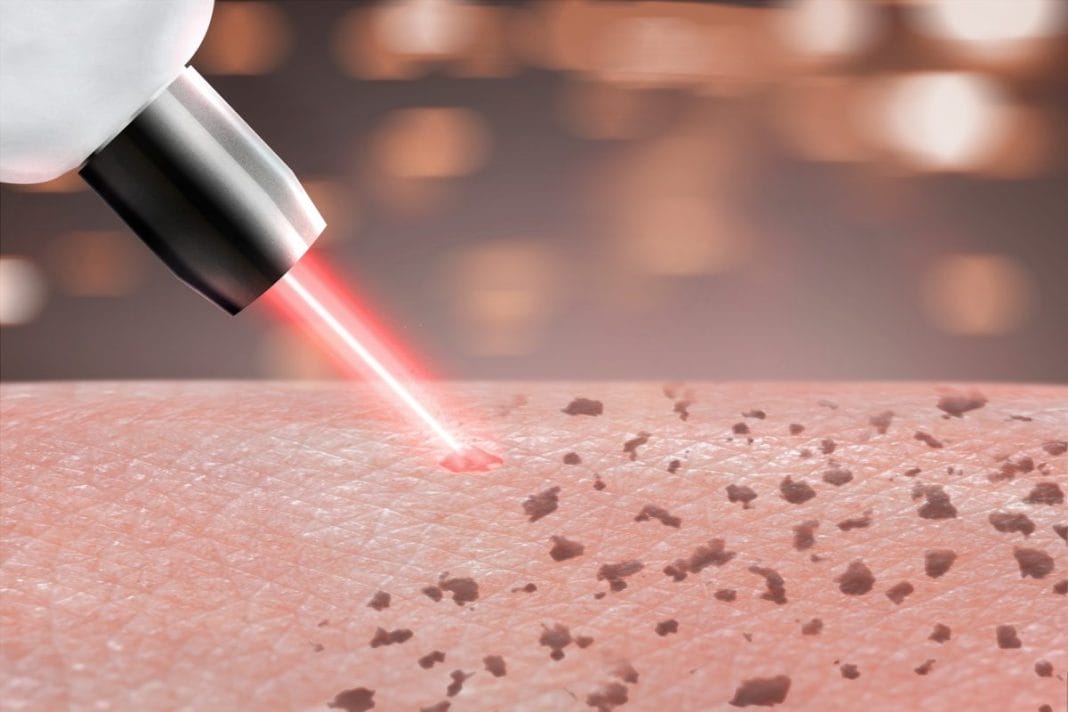In recent years, technology has brought further innovations in dermatological treatments. One of these is improving skin resurfacing procedures like body peels.
Body peels are a popular cosmetic procedure used to eliminate or reduce blemishes and imperfections by removing the top layer of the skin to reveal more radiant and smoother new skin. This procedure is used to treat various skin issues, such as hyperpigmentation, uneven skin tone, acne, and even wrinkles.
These advancements have helped to make body peel procedures more effective, less invasive, and more affordable. Quite notably, the recovery time has been shortened too. As a result, they’ve become more popular among individuals who need faster and more visible results.
So, what are these technological advancements shaping this skin treatment option? Here’s a look at the top ones and how they work to produce better results:
- Safer chemicals and formulas
One of the biggest technological advancements in body peel is the introduction of more effective and safer peeling agents. Traditional peeling agents made from acids like lactic acid and trichloroacetic acid (TCA) are effective in revitalizing the skin and are often used in higher concentrations. However, they also cause bothersome skin irritation that results in redness, itching, and burning, with severe peeling that adds to the downtime.
But thanks to research and innovation, modern peeling agents are now designed with specific skin types in mind. Peeling agents such as polyhydroxy acids (PHAs) have large molecules, hence they penetrate the skin more gently, leading to less irritation while achieving similar results to traditional agents.
Additionally, dermatologists can now customize the concentration of traditional peeling agents based on your skin type or to target specific skin issues. For example, they may use glycolic acid to treat hyperpigmentation or recommend salicylic acid for acne, but with a milder formulation and in conjunction with other skincare products for better results.
- Microneedling
This is a minimally invasive treatment option that involves creating micro-injuries to the skin using tiny needles. It is performed with nano needling and anti aging device that has a roller or pen head with tiny needles that glided over the skin to create micro-injuries.
. The depth of the needle can be adjusted depending on the skin condition being treated.
The micro-tears will trigger the body’s natural healing process, which involves the production of collagen and elastin. It can be used to treat conditions like acne, fine lines, stretch marks, and wrinkles.
Ideally, the treatment is performed in a series of three to six treatments. After each treatment, the skin may turn red or swell. However, these are usually mild, temporary effects that will go away. Generally, it’s a safe and effective peeling procedure. It can be performed on different skin types and has little downtime.
- Laser peels
This type of peel uses laser energy to remove the top layer of the skin. There are two main types of laser peels: ablative and non-ablative. Ablative laser only touches the outer layer of the skin. On the other hand, non-ablative treatment penetrates deeper into the skin to create heat and promote collagen production, but it won’t remove the outer skin layer.
Ablative treatment is more effective but has longer downtime than non-ablative peels. However, non-ablative procedures will require more treatments to achieve the desired results. The type of skin laser treatment that’ll suit you depends on your skin condition and goals. It’s recommended to consult a dermatologist before going for a laser peel. They’ll help assess your skin and choose the right treatment for you.
- Hydrafacials
Hydrafacial is a relatively new body peel procedure that has gained attention in recent years due to its efficiency and affordability. It’s a non-invasive exfoliating procedure with no downtime, making it an excellent choice for those looking for a quick body peel procedure.
smoother skin.
After the exfoliation, a vacuum-like device is used to remove impurities from the pores before the skin is hydrated, then a custom serum (based on skin type and skin concerns) is applied. For better results, it’s recommended to do this treatment every four to six weeks.
- Jet peels
Another non-invasive trans-epidermal treatment, jet peels deliver a combination of air streams and liquid micro-droplets using gentle pressure to exfoliate the skin before infusing it with a serum.
This exfoliating treatment is ideal for dry, aging, and acne-prone skin and is gentle enough for people with sensitive skin. While some may experience redness immediately after the treatment, it should disappear in about an hour. It has no downtime, but delivers immediate results, although repeating the treatment every two to four weeks is recommended, depending on your skin issues.
- Microdermabrasion with diamond tips
Microdermabrasion with diamond tips is a gentle and relatively safe treatment option for a variety of skin conditions such as flaky and dry skin or clogged pores. However, this procedure should be performed by a qualified dermatologist or esthetician.
During the procedure, the dermatologist will run the diamond tip wand over the skin to buff off the top layer. Then the wand uses suction force to remove any dead or dry skin. After exfoliation, either a special serum or mask is applied to hydrate and soothe the skin.
Although the skin may be a little reddish or swollen after the procedure, the irritation usually resolves within a few hours. Most people can return to their normal activities right after the procedure as it only takes about 30 minutes.
Better skin with better technology
Body peel procedures continue to gain popularity in the beauty industry. With mostly noticeable results and very little to no downtime, it’s one of the best skin treatment options available today. However, always remember to always consult your doctor or a dermatologist before getting a peel done, particularly if you’re a pregnant or breastfeeding woman, or have other medical issues that require consideration.
